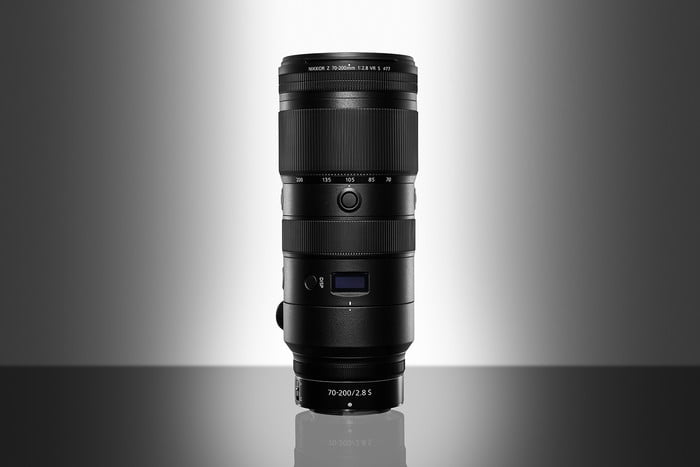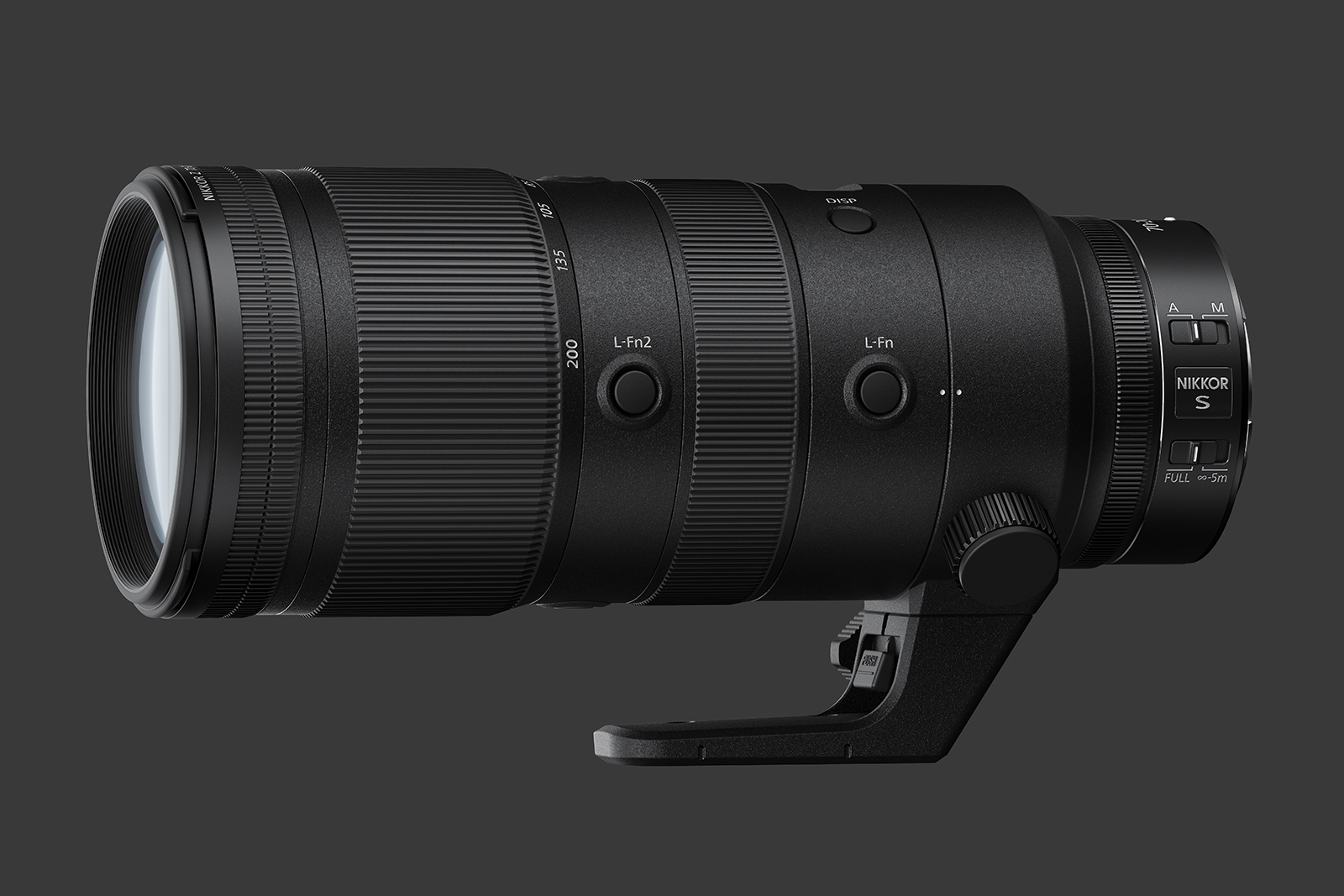Nikon’s latest lenses pair wide apertures with a long reach. On Monday, January 6, Nikon unveiled the new AF-S Nikkor 120-300mm f/2.8 SL VR DSLR lens and the Nikkor Z 70-200mm f/2.8 VR S mirrorless lens during CES in Las Vegas. The new lenses provide sports and wildlife photographers with a bright alternative to telephoto primes, while the 70-200mm fills in a gap in the young Z-mount family with a popular workhorse lens.

Super telephoto zoom lenses rarely have bright apertures, but the upcoming AF-S Nikkor 120-300mm f/2.8E FL SR VR lens bucks the trend with an f/2.8. Nikon also says that the lens is just as sharp, if not sharper than, the Nikkor 300mm f/2.8 prime lens with similar autofocus performance, while eliminating the need to carry around several lenses.
To make a lens that mixes that 300mm reach with the versatility of zoom and that bright f/2.8, however, requires a lot of parts — making the lens a whopping 7.5 pounds. Four stops of image stabilization help pros handle that heft.
The lens uses only one extra-low dispersion glass element to fight chromatic aberrations. That’s in part because Nikon also used the new short wave refractive element, launched first on Z lenses, which helps further stamp down on color bleeding. A nanocrystal coating and neo coating are also part of the construction. On the outside, the lens is fully weather-sealed.
Alongside the rare bright zoom super-telephoto, Nikon launched a photographer’s favorite, redesigned for the Z mount mirrorless system. The Nikkor Z 70-200mm f/2.8 VR S lens brings a popular workhorse zoom to the Z bodies without using an adapter — but offers more features than just that native Z mount over the older F-mount lens. While the Z 6 and Z 7 bodies have stabilization built-in, the lens has five stops of vibration reduction that offers additional stabilization beyond just the in-body system.
The lens uses two autofocus drive motors working in sync, which Nikon says helps reduce chromatic aberrations throughout the zoom range. The autofocus system also works at closer distances than the F-mount option — roughly 20 inches from the front at 70mm.
The lens is constructed with six extra-low dispersion elements, one short wave refractive element, two ASPH elements, and a fluorine coating. The S series lens offers a custom control ring and two customizable buttons and an LED lens information display. Like other S series lenses, the lens is weather-sealed.
The 70-200mm is the 11th Z lens in the series, an impressive number considering the Z system only recently surpassed its first birthday. The 70-200mm joins lenses like the 24-70mm f/2.8 in the high-end S series.
The 70-200mm Z-mount lens will be available next month, retailing for around $2,600 — which is actually $100 lower than the list price for the similar F-Mount lens. The 120-300mm lens sits at a steeper pro price point of about $9,500, but will also be available next month. The optics are on display — along with the new Nikon D780 DSLR — at Nikon’s booth at CES in Las Vegas.
Follow our live blog for more CES news and announcements.
Updated on Jan. 10: Nikon erroneously called the 70-200mm lens a parfocal lens in the original specifications. The article was updated to remove the parfocal specification.





